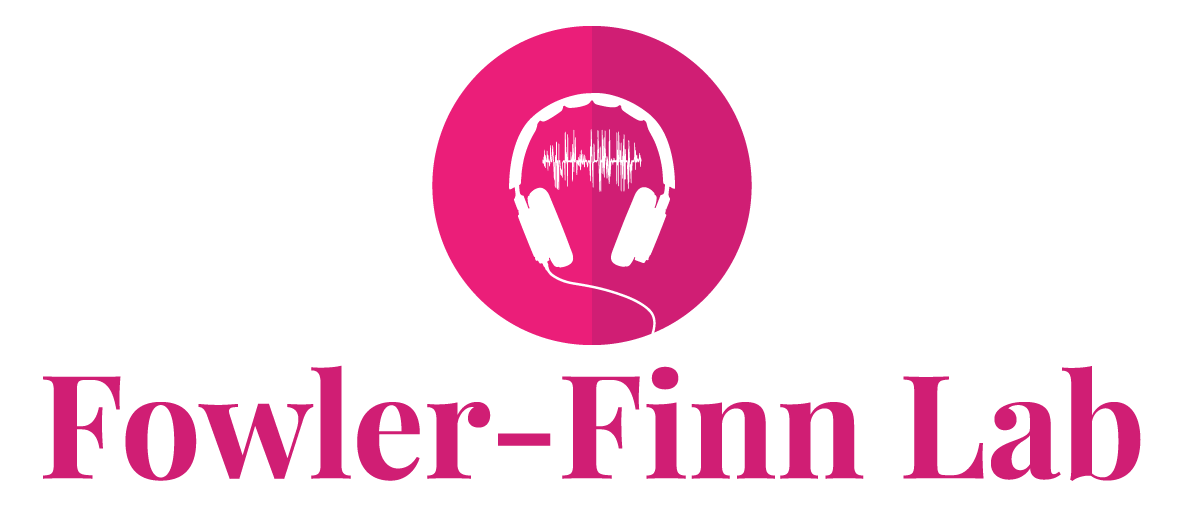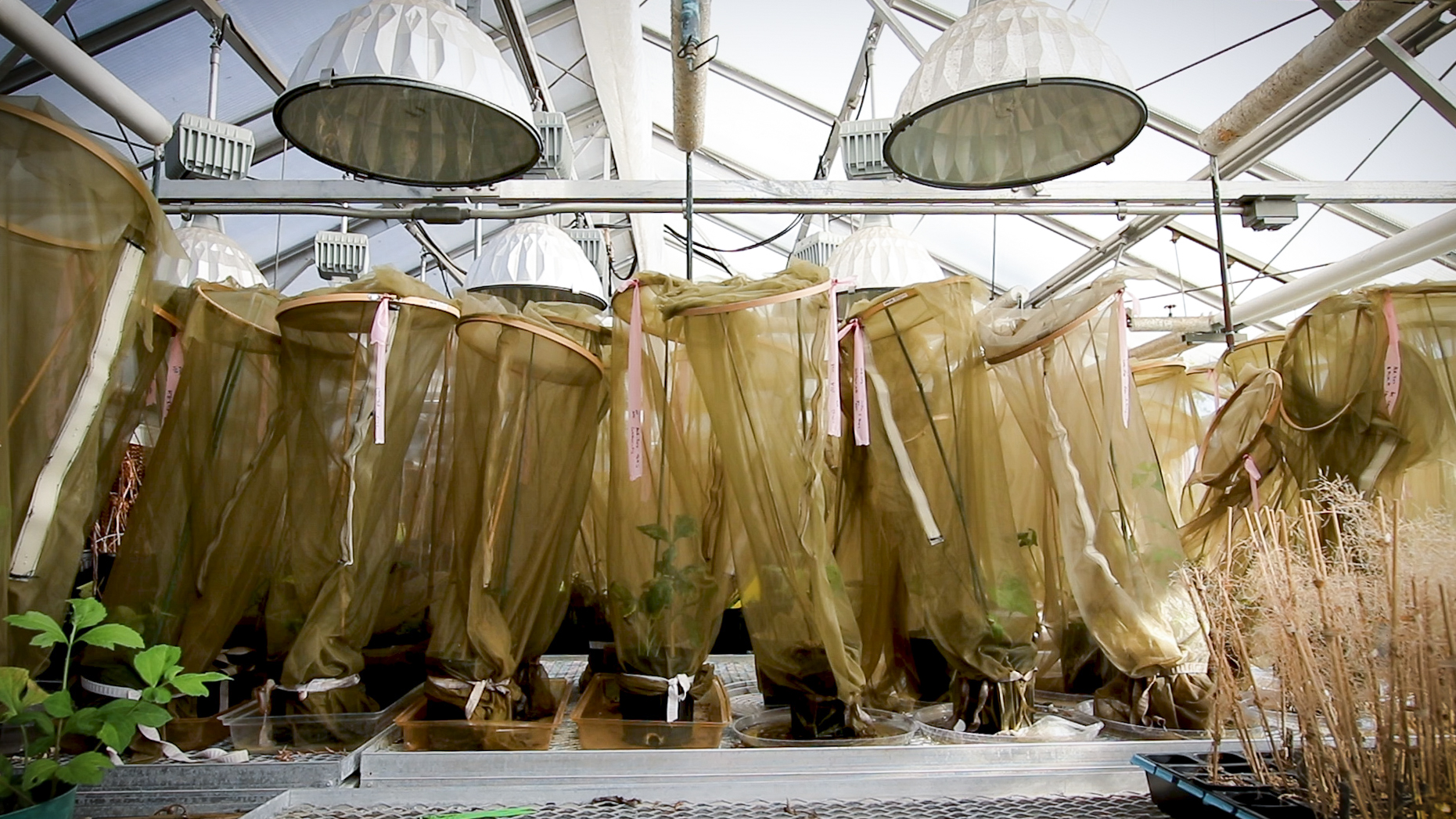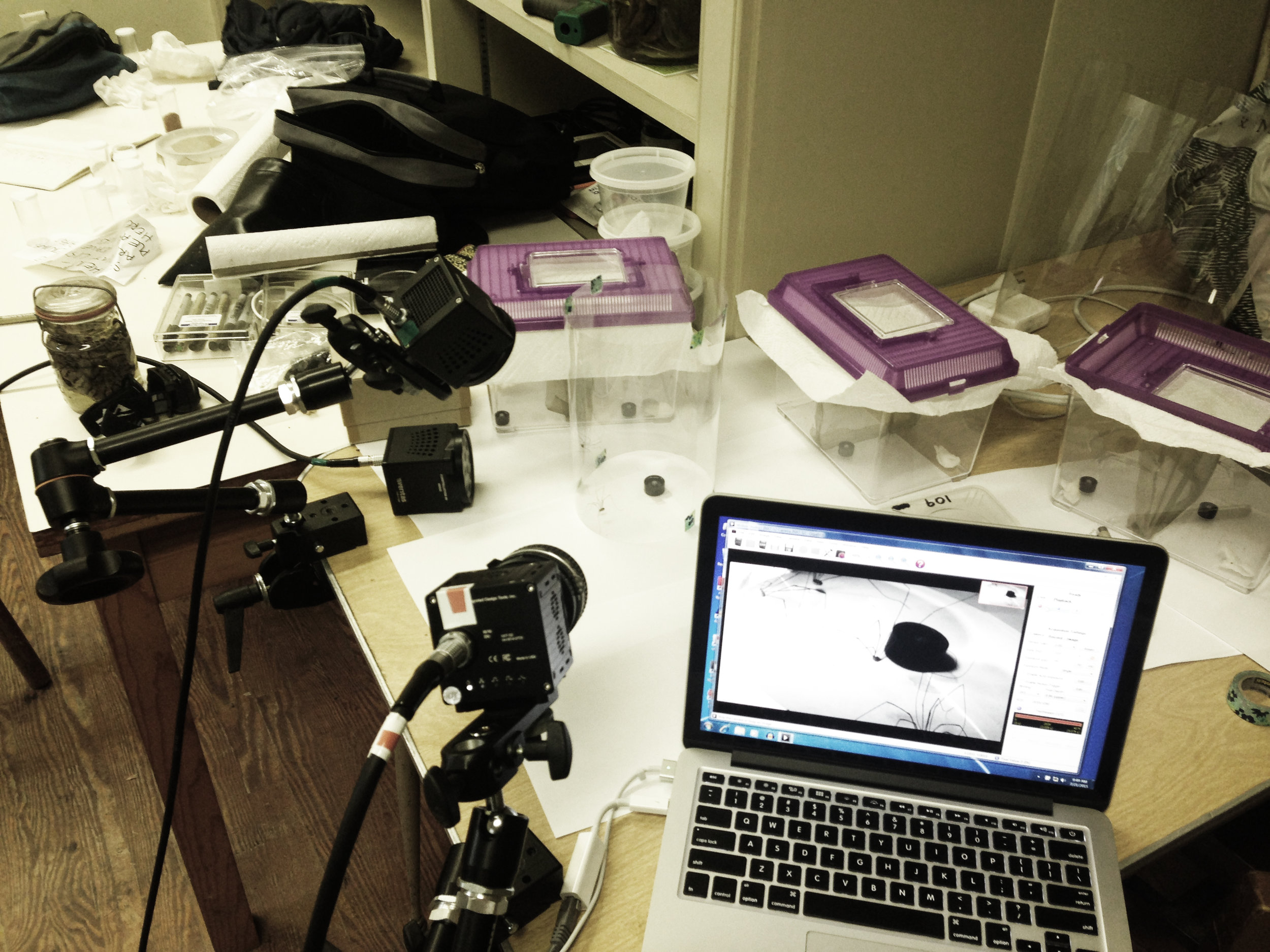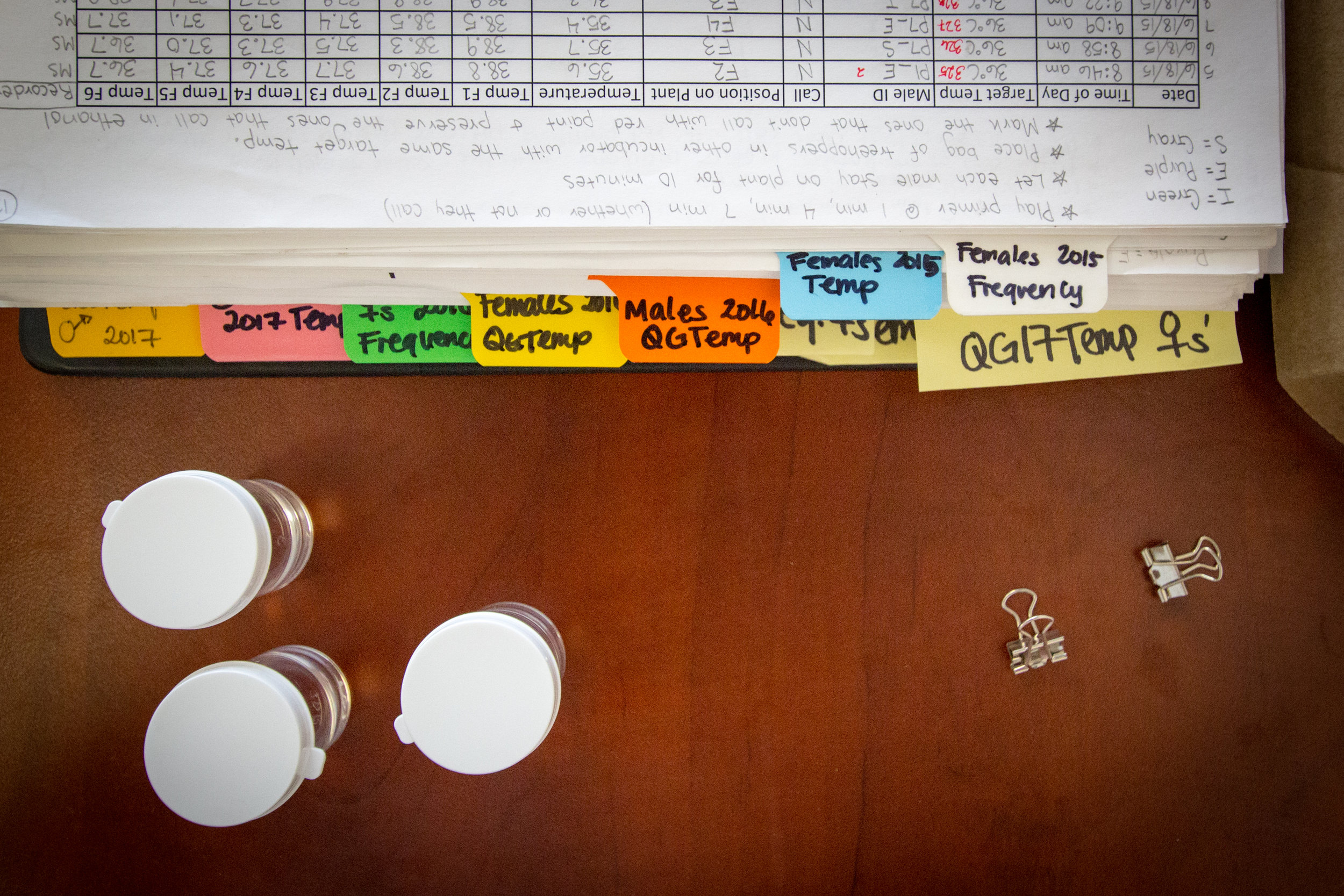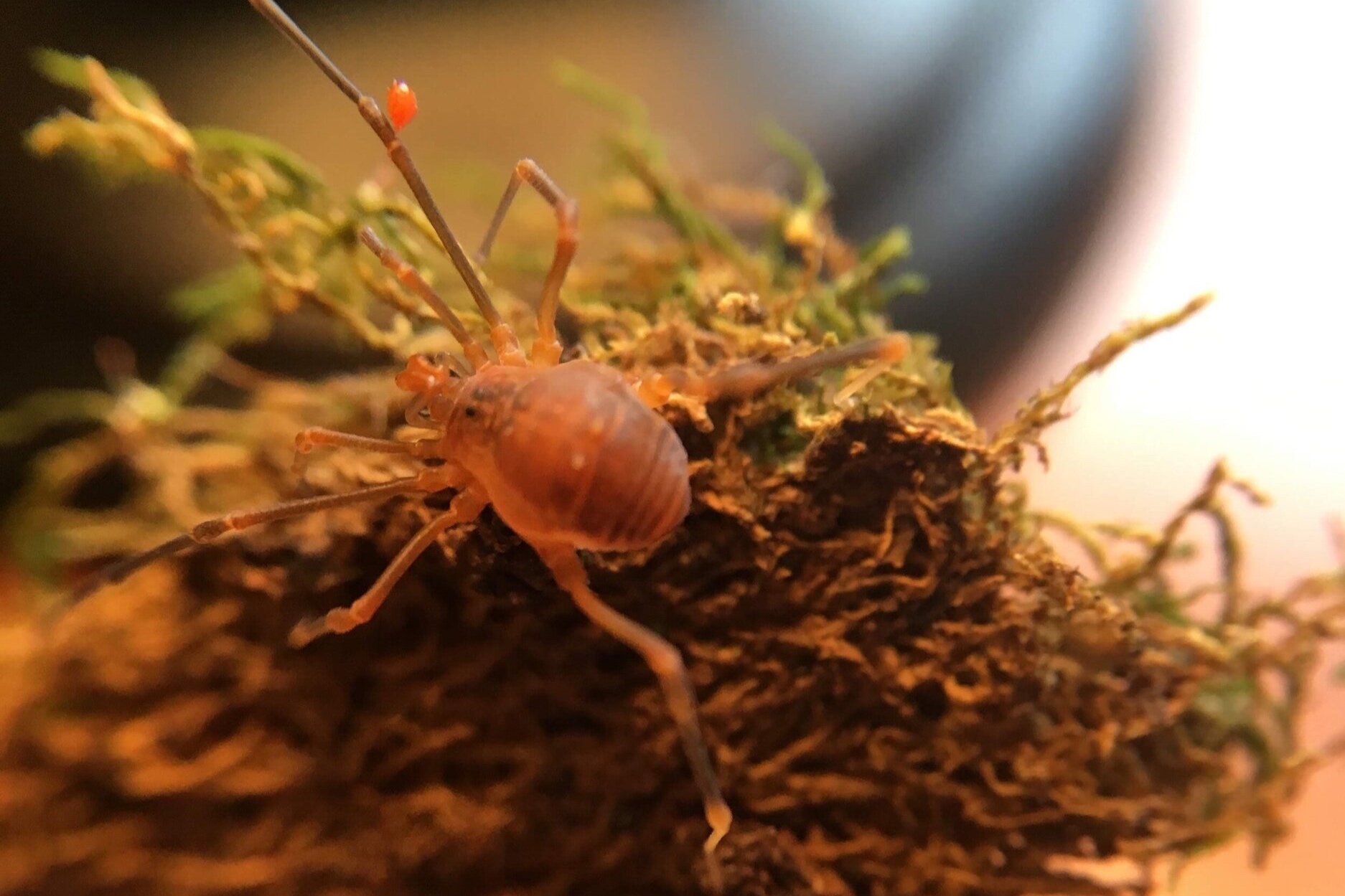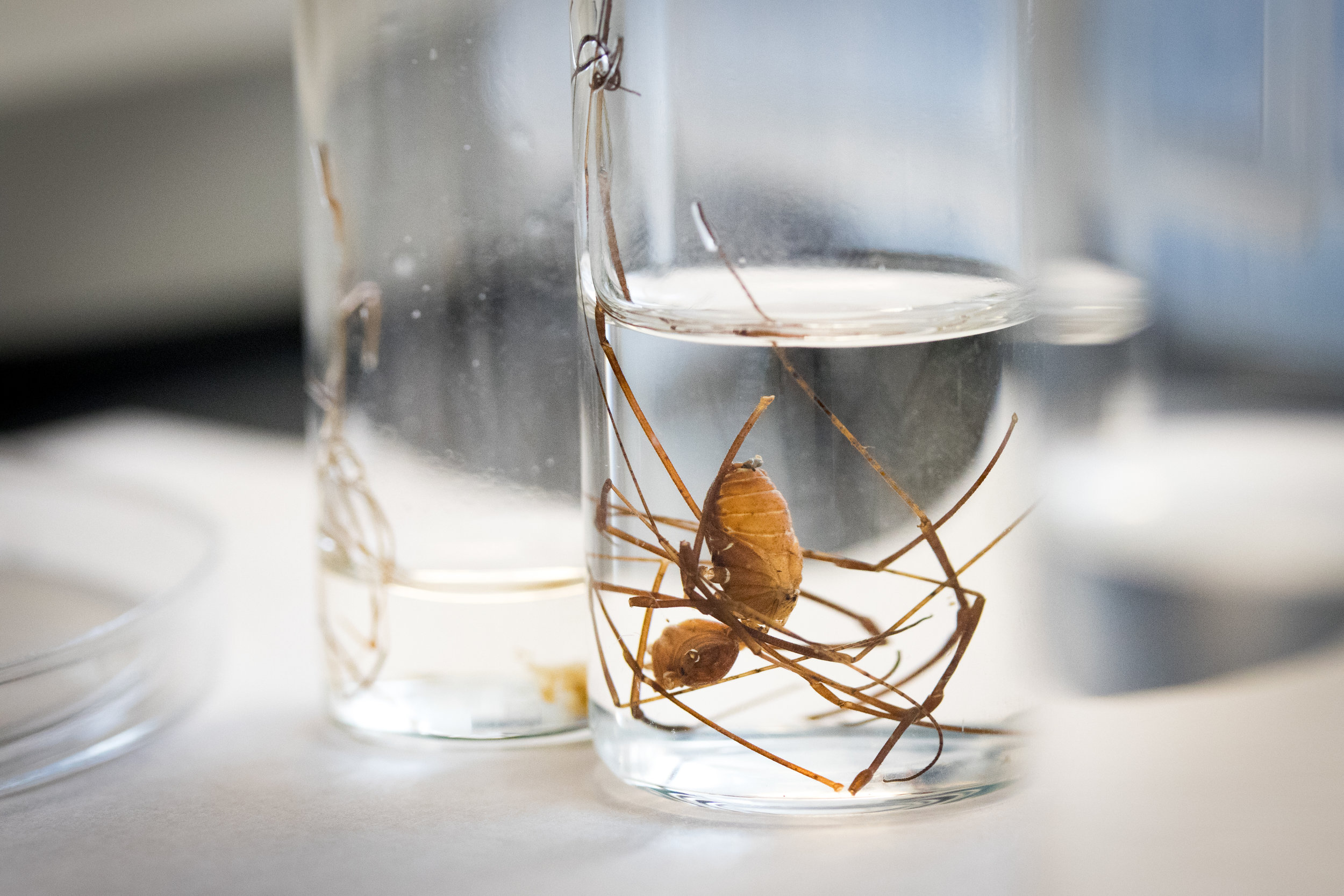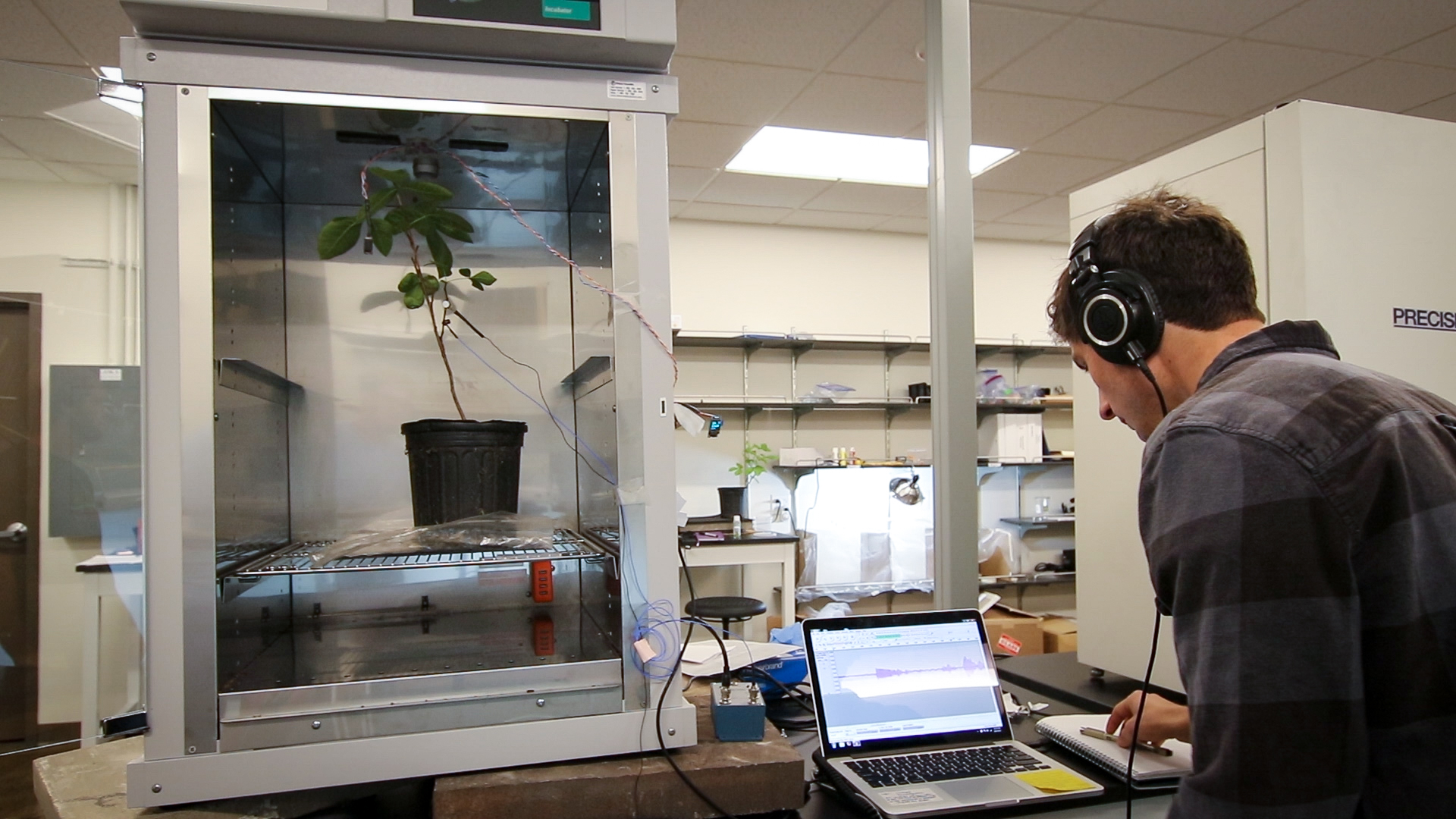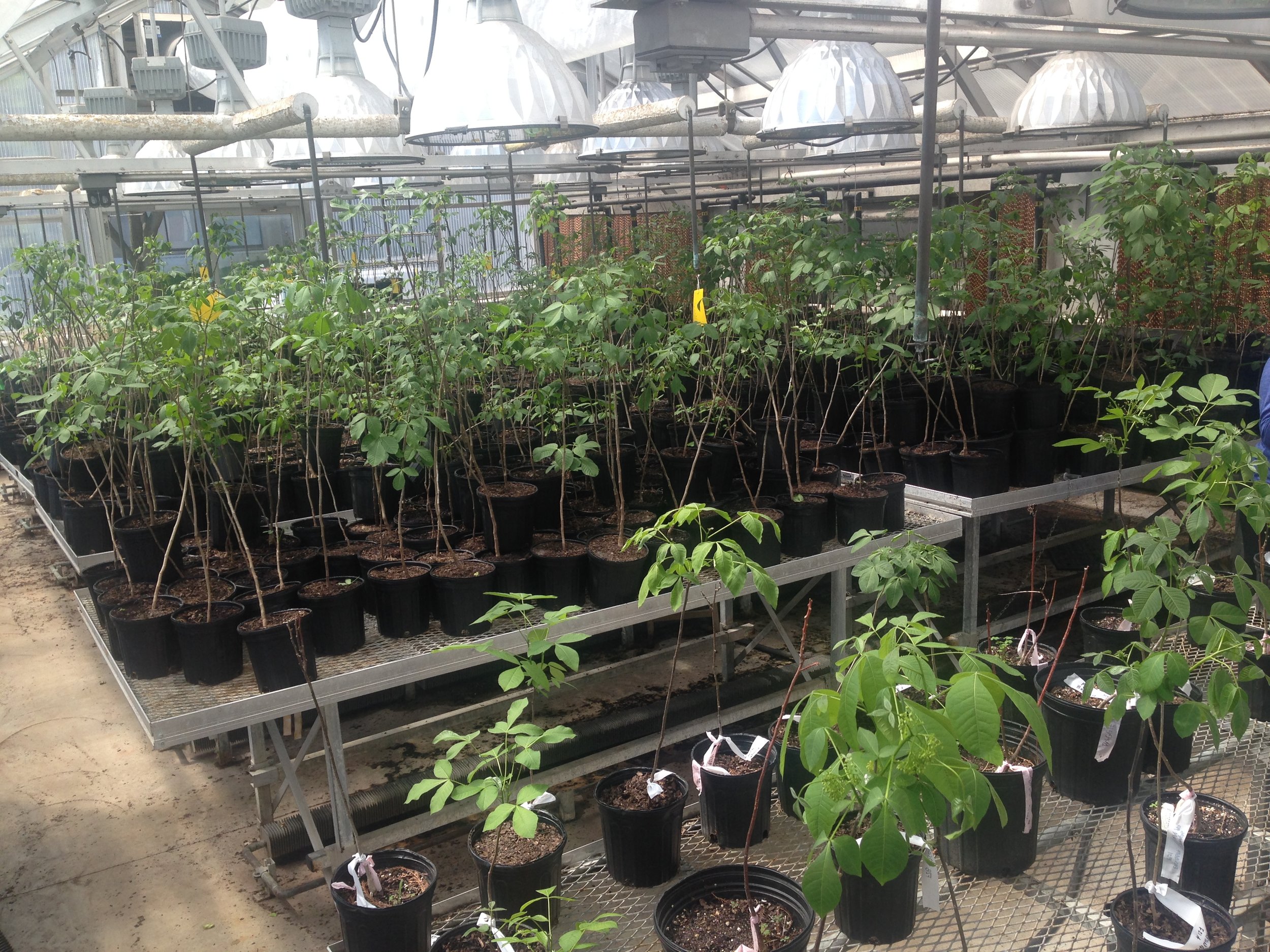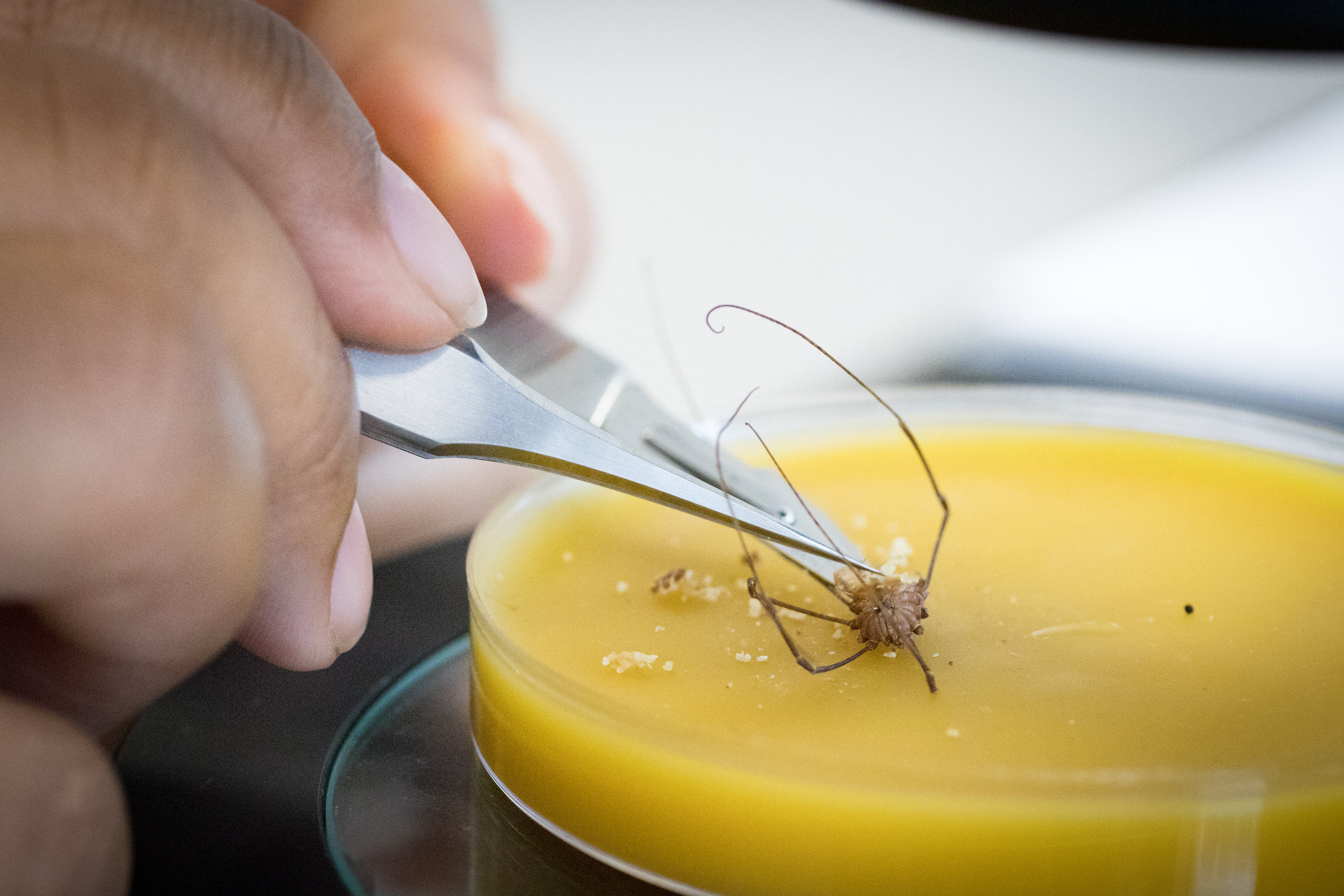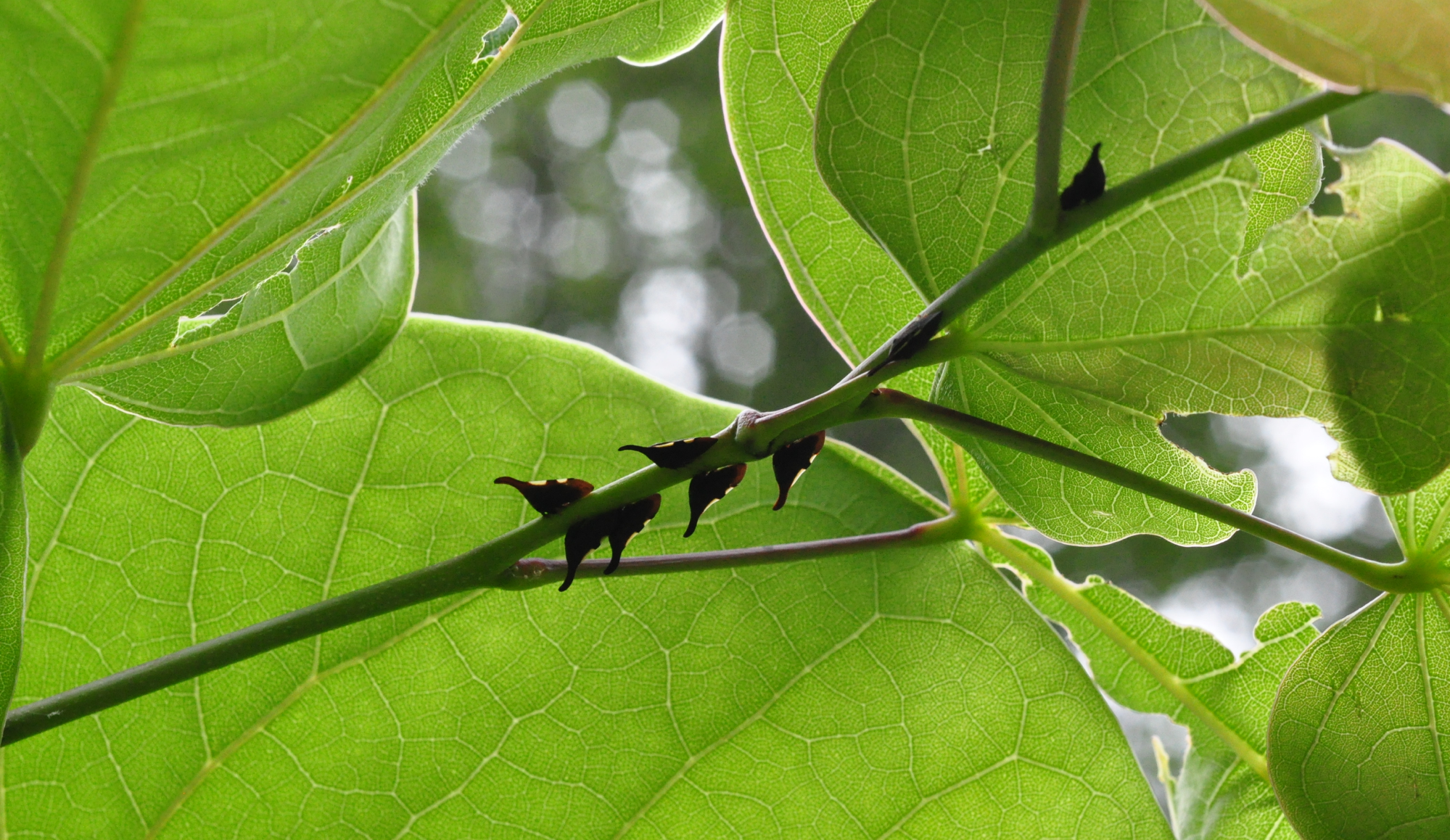Hi, and welcome to the Fowler-Finn lab!
Here we study sex and survival, and their influence on evolutionary change. We investigate how the traits that we see (phenotypes) vary across biotic and abiotic conditions, as well as how flexibility in phenotypes (plasticity) interacts with patterns of genetic variation and environmental features to alter the course of evolution. We explore these questions with experiments using various insects and arachnids.
Featured projects
climate & mating
Climate change and reproduction
Global warming poses unknown challenges to the abilities of animals to attract and find suitable mates, as well as effectively reproduce. In this project, we use Enchenopa binotata treehoppers to better understand how temperature variation shapes plasticity in mate signaling, affects patterns of mating, and ultimately impacts reproductive output.
diversification
Plasticity and diversification
Variation in environmental conditions can alter behavior in ways that affect mating decisions. We study Entylia carinata treehoppers to understand how conditions during development (plant species, social group, or ant mutualist) affect mating and, ultimately, population genetic structure.
biotremology
Vibrational acoustics: ecology and evolution
Over 93% of insects that communicate with sound use vibrations that travel through solid objects, like plant stems and leaves. In this project, we seek to understand how the stunning diversity in vibrational signals has evolved, how the environment shapes signaling communities, and the role of vibrational acoustics in various ecological and evolutionary processes.
Urban predation
Urbanization and predation
Animals rely on "sensory cues" (e.g. sight, sound, or chemicals) to detect and avoid detection, but sensory pollution from urbanization can affect the ability to detect and process these cues. In this project, we use wolf spiders and their prey to understand how sensory pollution impacts predator-prey interactions, and the consequences for local food webs.
News & Events
Learn More About the Lab
Research
Discover the questions, methods, and systems that drive our science.
people
Meet the amazing folks that comprise the Fowler-Finn lab group.
publications
Browse our peer-reviewed articles (without the paywall).
Outreach
Explore our efforts to engage the public in our science.
